Exreprotein uses cookies and similar technologies as strictly necessary to make our site work. We and our partners would also like to set additional cookies to analyze your use of our site, to personalize and enhance your visit to our site and to show you more relevant content and advertising. These will be set only if you accept. You can always review and change your cookie preferences through our cookie settings page. For more information, please read our Privacy Statement.
In-stock products will arrive in 1 to 2 business days
Key Features
✓ Endotoxin Level: Determined by LAL method
✓ Purity: Determined by SDS-PAGE and quantitative densitometry by Coomassie® Blue staining
✓ Biological Activity: Yes
✓ Expression System: E. coli
Need Help Ordering?
Product Details
Storage & Preparation
Data Images
Background
Product Documents
Product Details
| Biological Activity | Determined by in-house activity assay |
| Purity | Determined by SDS-PAGE and quantitative densitometry by Coomassie® Blue staining |
| Endotoxin | Determined by LAL method |
| Expression System | E. coli. |
| Accession Number | P40933 |
| Sequence | Asn49-Ser162, with an N-terminal Met MNWVNVISDL KKIEDLIQSM HIDATLYTES DVHPSCKVTA MKCFLLELQV ISLESGDASI HDTVENLIIL ANNSLSSNGN VTESGCKECE ELEEKNIKEF LQSFVHIVQM FINTS |
| Molecular Weight | 12.9 kDa (predicted) |
| Formulation | Lyophilized from sterile PBS with Trehalose, pH 7.4 |
Storage & Preparation
| Shipping | Shipped at ambient temperature. |
| Stability & Storage |
|
| Reconstitution | Reconstitute at 100 ug/mL in sterile PBS. |
Data Images
Background
| Alternative Names | Interleukin 15, IL15, MGC9721 |
| Function | IL-15 is a cytokine closely related to IL-2 in that it stimulates CD4+ Th cells, CD8+ Tc cells and NK cells. Notably, IL-15 is not associated with a strong Treg response and uses a variation in receptor signaling to distinguish its mechanism from IL-2. IL-15 predominately uses a cell-to-cell juxtacrine interaction involving an IL-15 responsive cell expressing the IL-2 R beta (CD122)/common gamma chain (CD132) complex and, in a process termed transpresentation, IL-15 bound to IL-15 R alpha (CD215) on the surface of second, effector cell completes the signaling interaction. In a less regulated fashion, free IL-15 is able to induce signaling through the IL-2 R beta (CD122)/common gamma chain (CD132) complex. Through these interactions IL-15 is also associated with an exercise-induced skeletal response and interstitial adipose metabolism. IL-15 is being investigated for its potential to improve the efficacy of adoptive cell therapies (ACT), such as CAR-T cell therapy and TCR-engineered T cell therapy. IL-15 is being investigated in combination with other immunotherapies, such as checkpoint inhibitors (e.g., anti-PD-1 antibodies) and other cytokines (e.g., IL-2), to enhance anti-tumor immune responses. |
| Tissue Specificity | IL-15 expression has been reported bone marrow stromal cells, muscle tissue, epithelial cells, and adipose tissue |
| Cellular Localization | Cell surface and secreted protein forms |
| Involvement in Disease | Dysregulation of IL-15 has been implicated in inflammatory disorders like allergic asthma, chronic obstructive pulmonary disease (COPD) and psoriasis; autoimmune disorders such as rheumatoid arthritis and multiple sclerosis; metabolic disorders such as obesity, insulin resistance; cancer tumor metastasis and immune evasion. |
| UniProt | P40933 |
| Gene Symbol | IL15 |
| Entrez Gene ID | 3600 |
Product Documents
You may also be interested in related products:
Reviews (no reviews yet)
Only logged in customers who have purchased this product may leave a review.
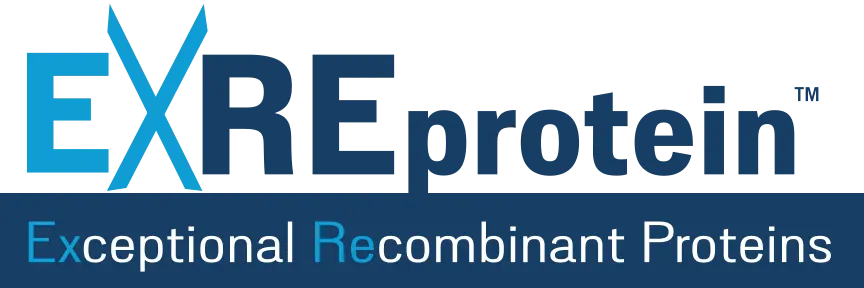


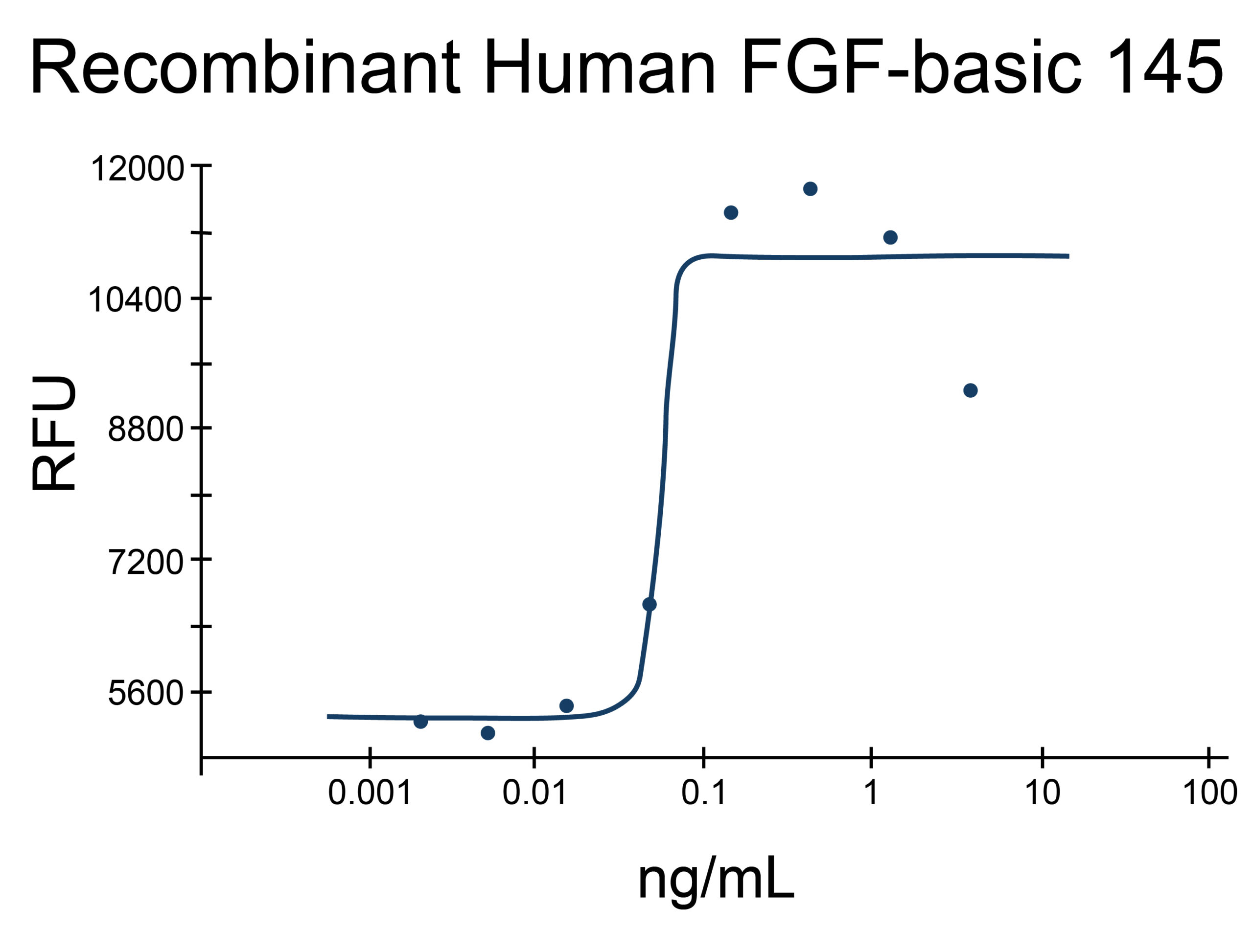
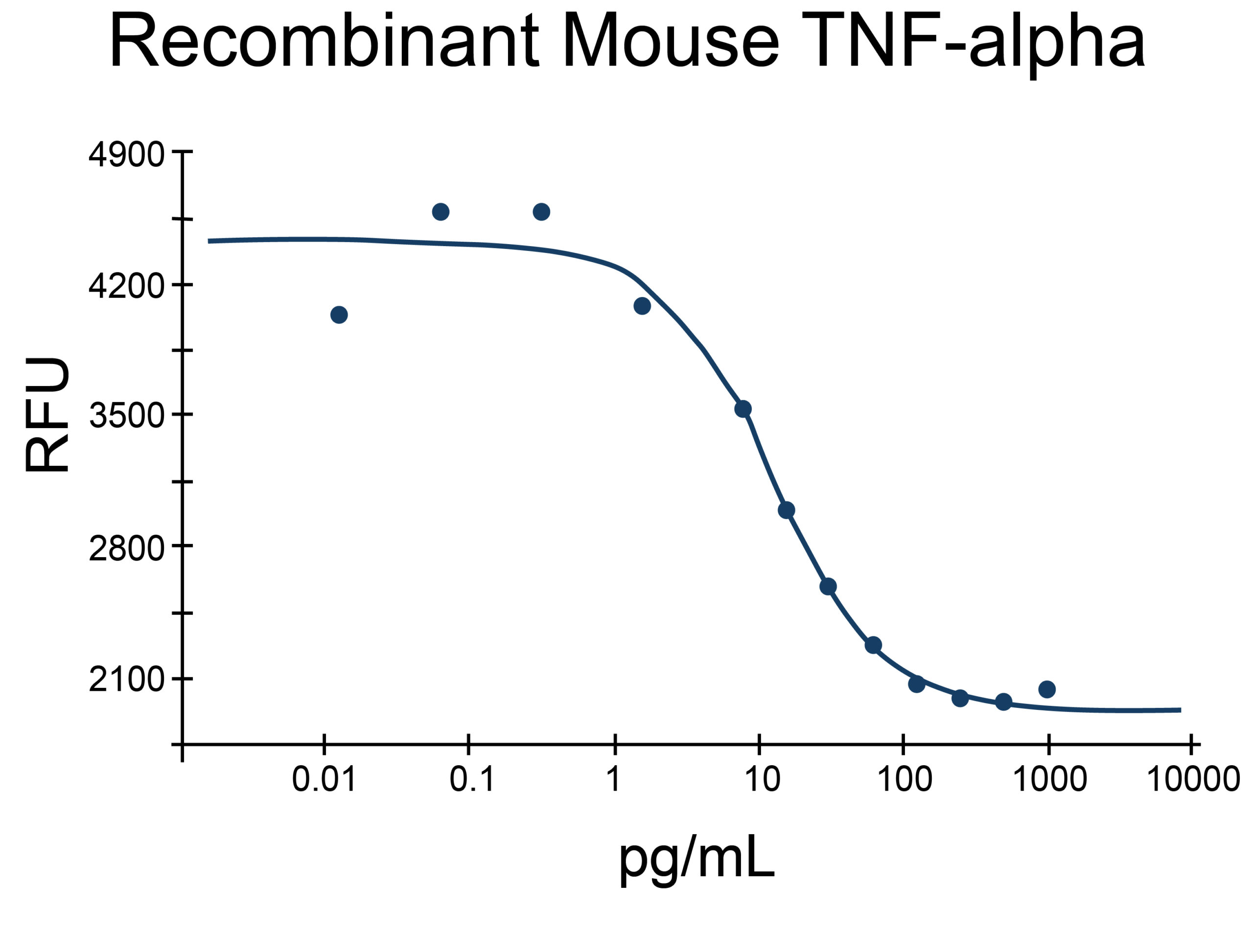
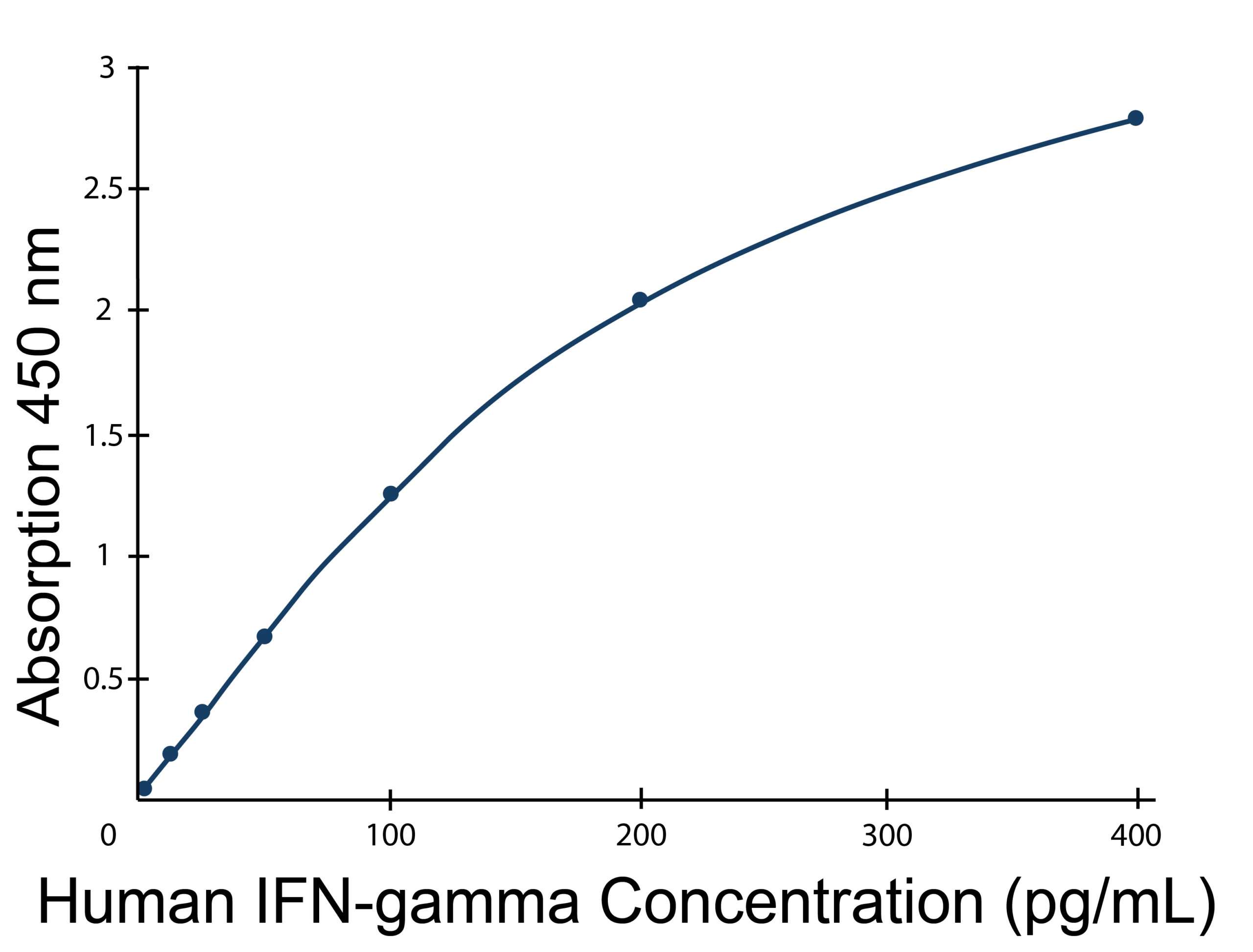
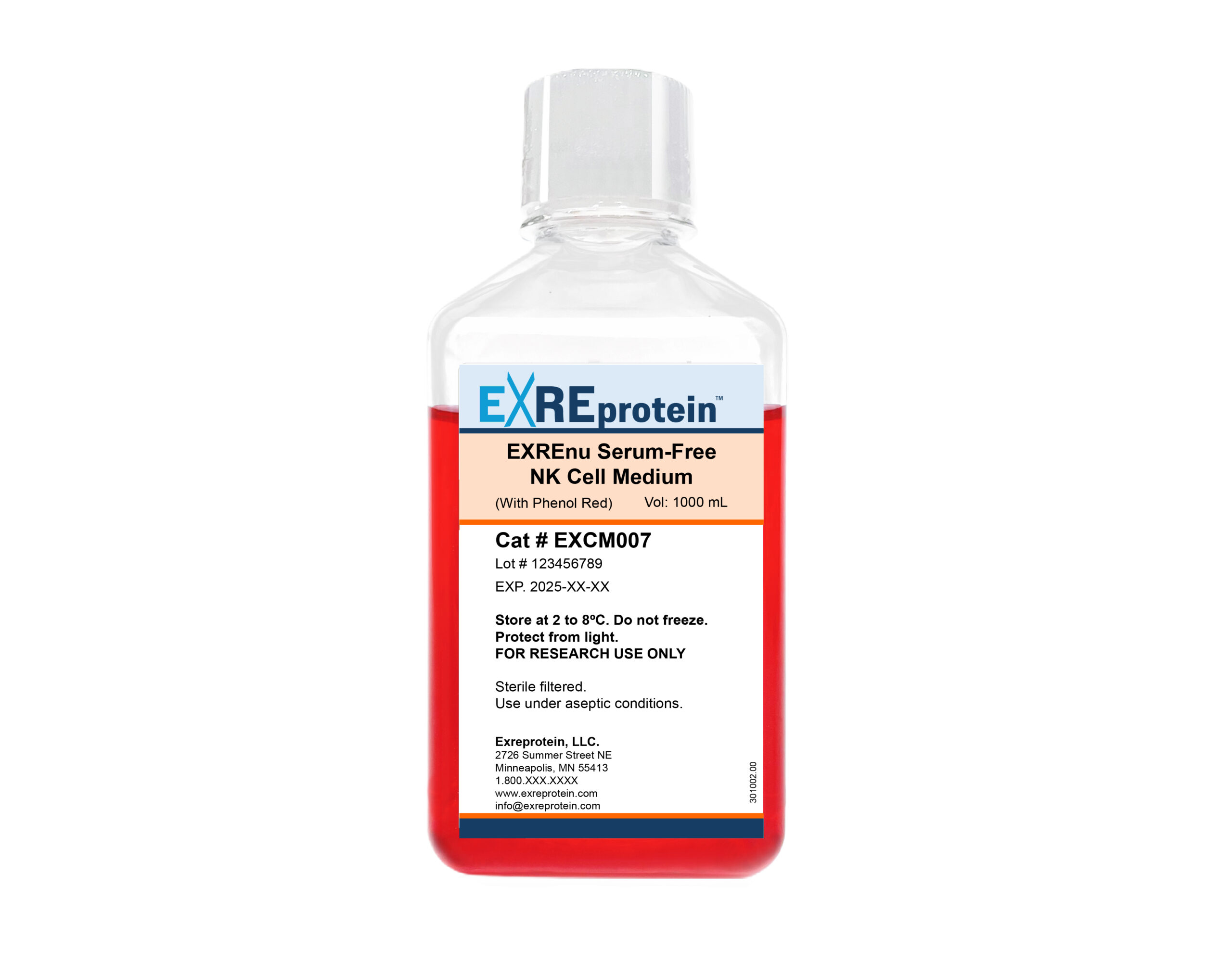
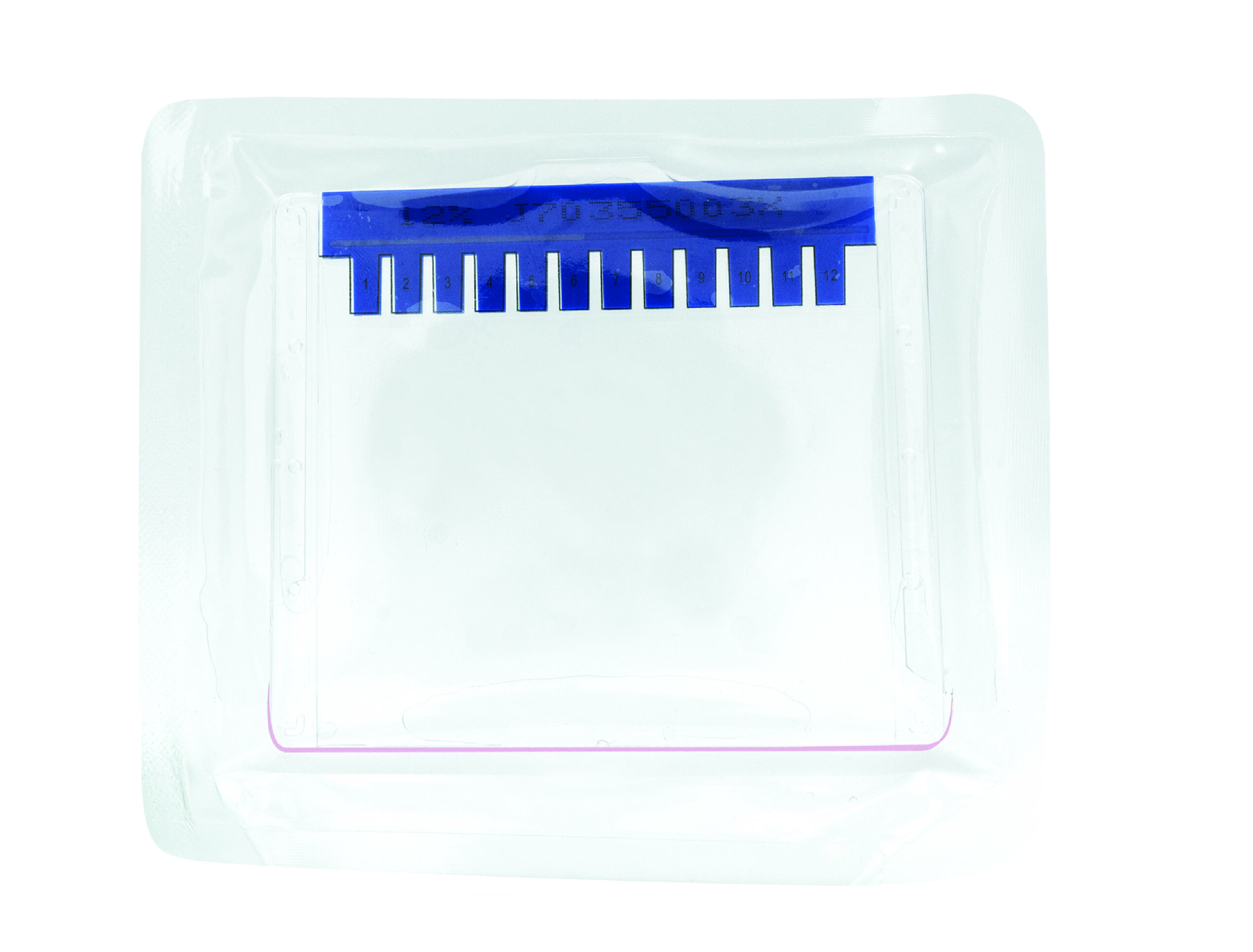
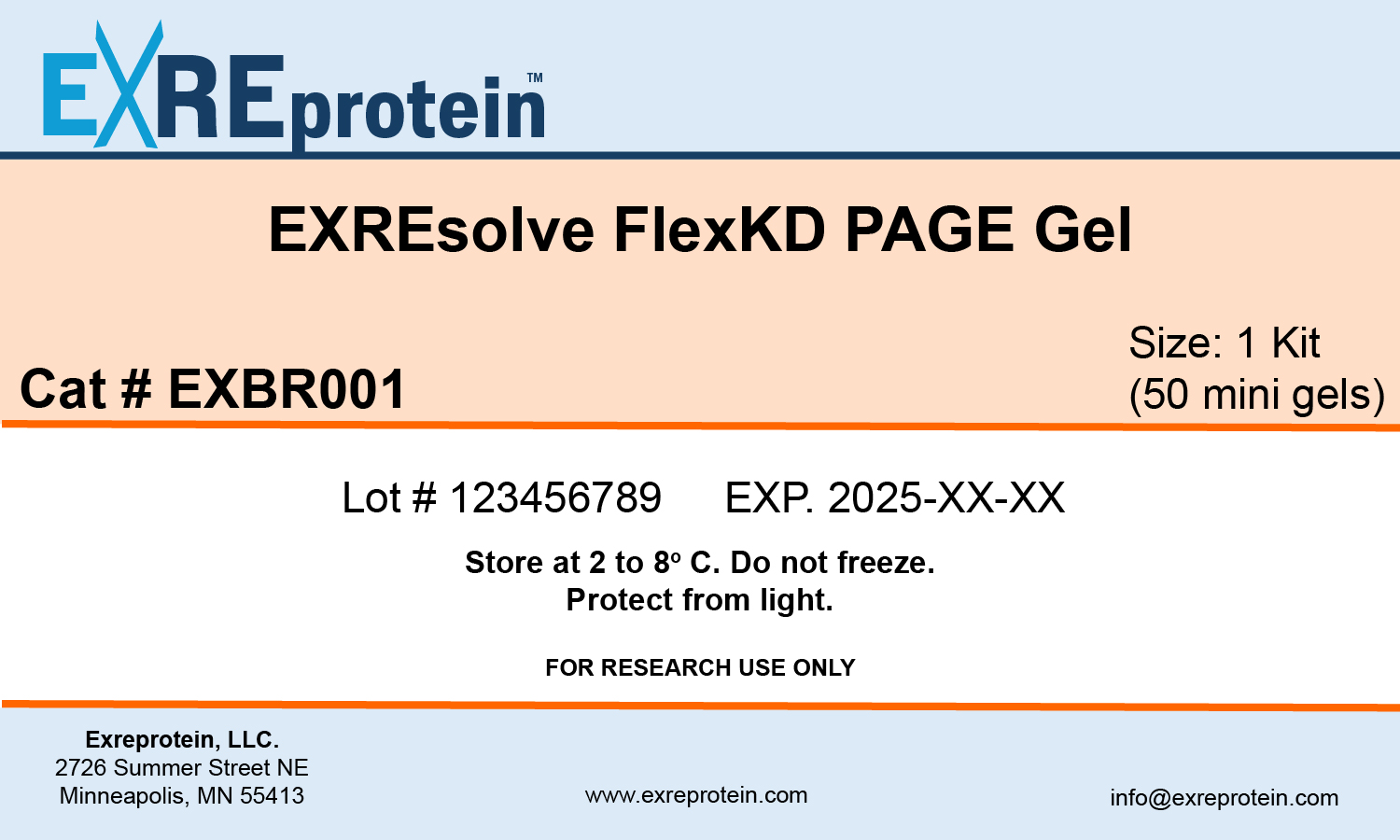
Reviews
There are no reviews yet.